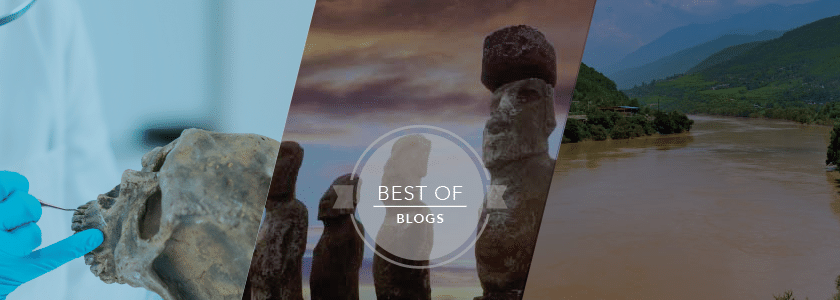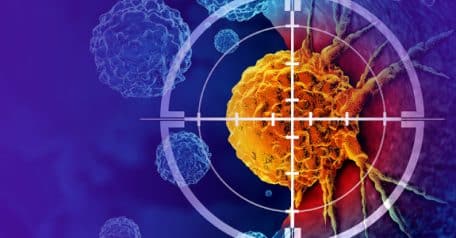For centuries, the study of population shifts, migration patterns, and the origins of early settlements was based on speculation and lore. As science and technology progress, however, we are gaining a greater understanding of where inhabitants came from and why they may have migrated. DNA studies are literally rewriting history.
It’s why the movement of people and populations has been a popular theme in our blog. Here are just some of the topics we’ve explored:
Studies have genetically linked Siberians to the early settlers of present-day America, but how did they get here? Did they walk across what is now the Bering Strait? Did they travel by boat? The examination of DNA has shifted the thinking of many.
Back in Asia, meanwhile, new DNA analyses have shown that ancient migration patterns on the Asian continent were directly linked to agricultural progress. As farming grew and people moved, hunter-gatherers in Asia may have been forced west.
The Caribbean was one of the last regions of the Americas to be settled. Researchers finally understand how the settlement played out, as well as the likely forced resettlement of Incas centuries ago in Peru.
How far did South Americans travel? DNA studies have linked prehistoric Polynesians to South America but questions remain: Did Polynesians sail to South America, or did South Americans sail to Polynesia?
In Africa, the nation of Chad has served as an astounding crossroads of humanity for millennia. That is the reason why the country is home to more than 200 ethnic and linguistic groups. Recent genetics studies have finally helped explain Chad’s dynamic past and offered glimpses into its dizzying number of ethnicities. Not surprisingly, they have tied language to migration patterns.
On Yemen’s Socotra Island, meanwhile, studies have confirmed that this curious, remote, sparsely inhabited place is home to more endemic species than almost anywhere else on earth. The DNA of the island’s population, however, is just as unique and fascinating.

























